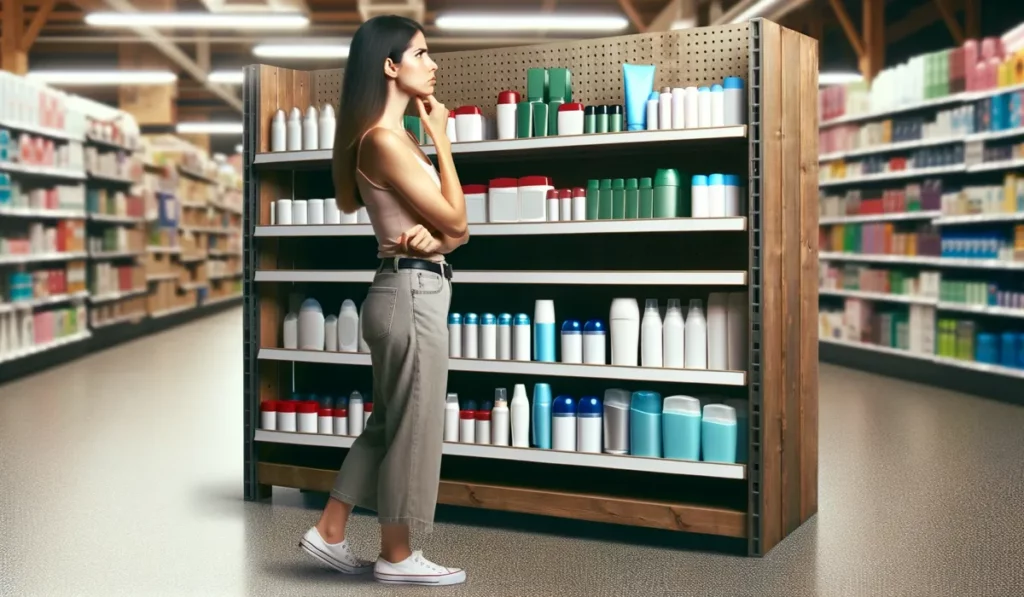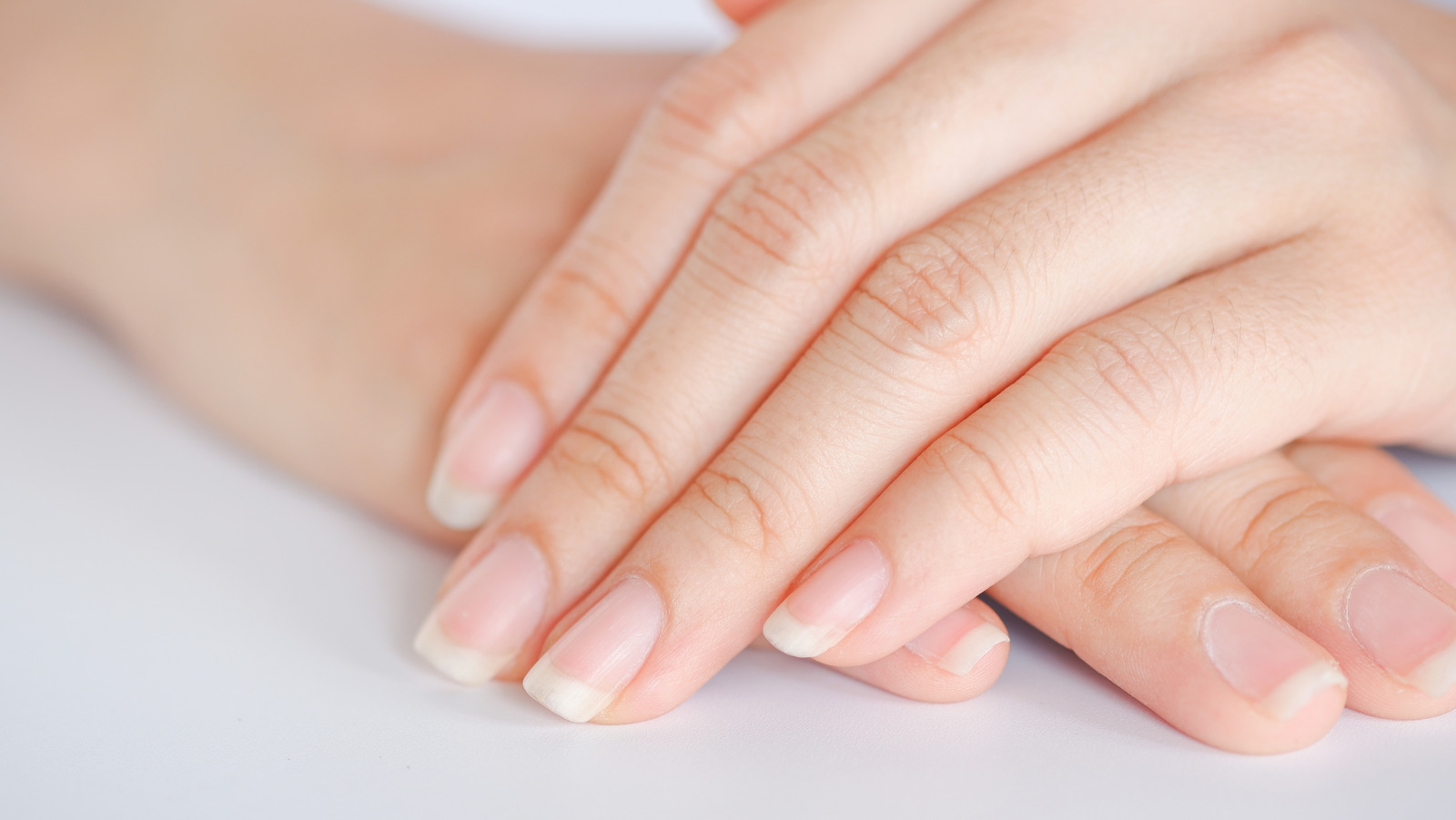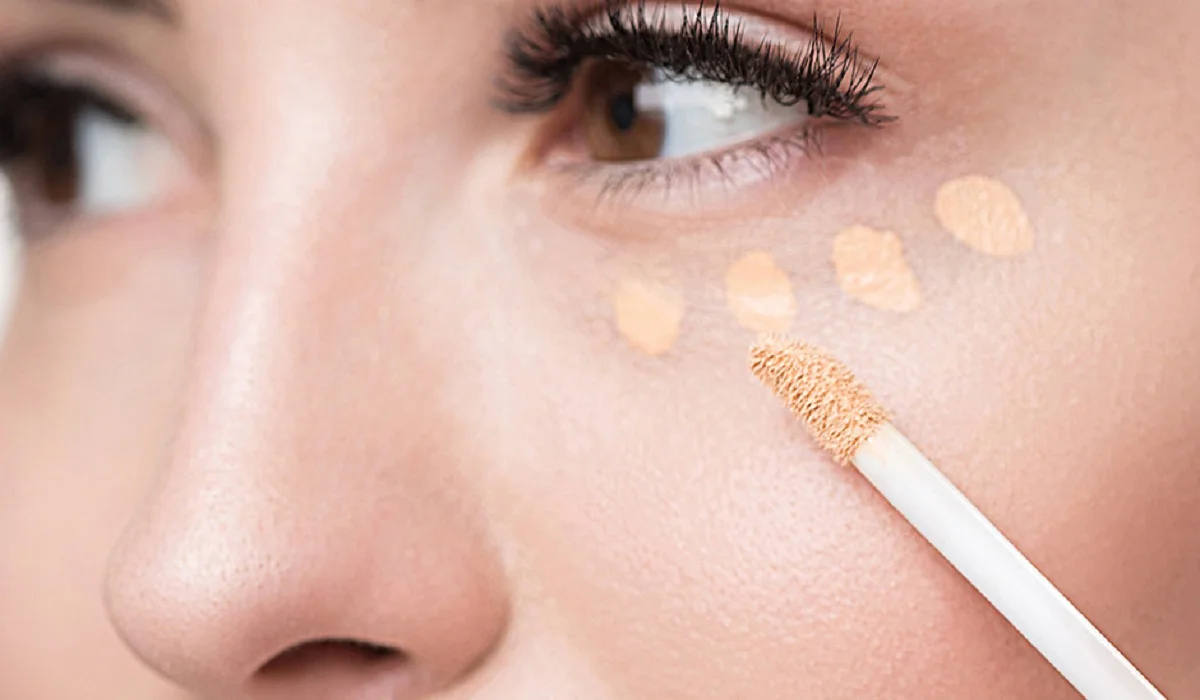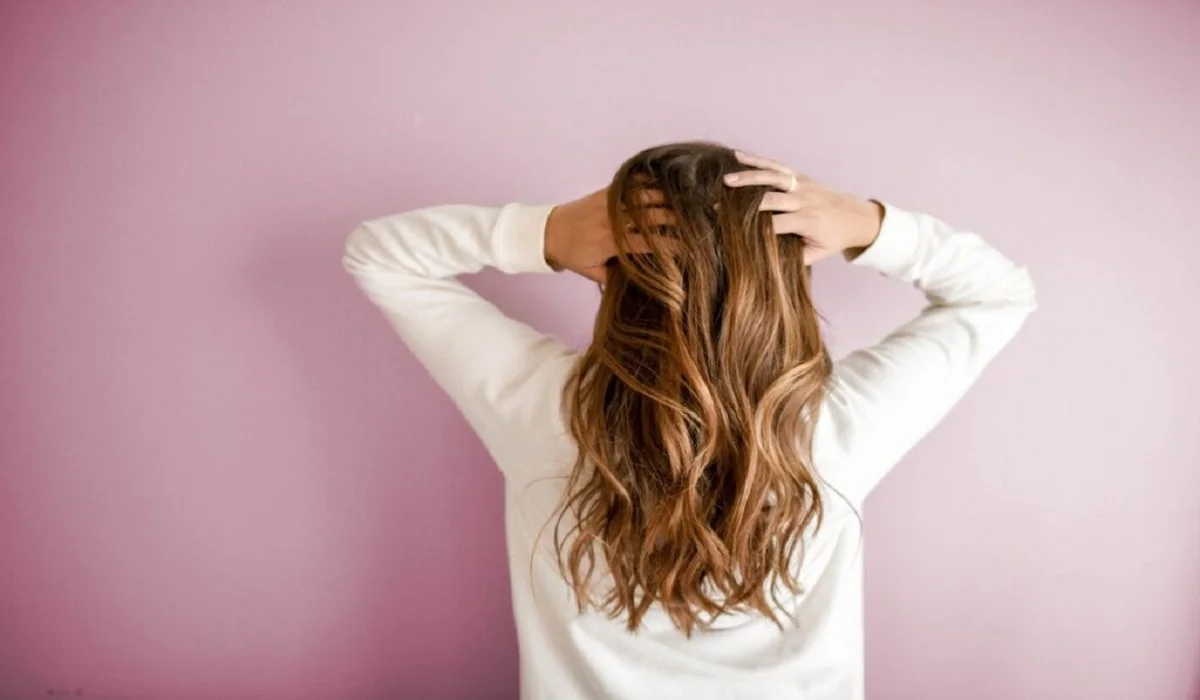Navigating the choice between deodorant and antiperspirant presents a common quandary for individuals worldwide. While both claim to address body odor, their mechanisms and benefits vary significantly. This piece offers an in-depth examination of deodorants and antiperspirants, guiding you towards a choice that resonates with your unique needs and preferences.

Deciphering Deodorants
Deodorants combat body odor by neutralizing or concealing it, without impacting the body’s natural perspiration process. They primarily target the skin’s bacteria responsible for odor during sweat breakdown.
Defining Deodorants
Deodorants, applied mainly to the underarms, aim to diminish or disguise the smell resulting from sweat’s bacterial decomposition. Ingredients such as alcohol and antimicrobial agents are included to curtail bacterial proliferation, alongside fragrances to cover up any odors.
Mechanism of Deodorants
Deodorants focus on eradicating body odor by attacking surface bacteria on the skin. Components like ethanol and triclosan create an environment unfavorable to bacterial growth, thus mitigating odor.
Advantages of Deodorant Use
Deodorants are ideal for those who wish to preserve their body’s natural ability to sweat. They are particularly beneficial for individuals with sensitive skin, offering formulations that reduce the risk of irritation.
Investigating Antiperspirants
Contrastingly, antiperspirants aim to curb sweating by temporarily obstructing the sweat glands, aiding in odor control and maintaining dryness.
Understanding Antiperspirants
Antiperspirants contain active ingredients, such as aluminum compounds, to temporarily close off sweat ducts, minimizing sweat presence on the skin’s surface.
Functionality of Antiperspirants
Aluminum salts in antiperspirants react with the moisture on the skin, forming a gel barrier that blocks sweat glands, thus lowering sweat output and its associated smell.
Antiperspirant Benefits
Antiperspirants suit those prone to excessive sweating, seeking to lessen both moisture and odor. They prove especially valuable in scenarios of heightened stress or in warmer climates, where sweating increases.
Deodorant versus Antiperspirant: Distinct Approaches
The primary distinction between deodorants and antiperspirants is their method of addressing body odor. Deodorants target the bacteria causing the odor, whereas antiperspirants focus on reducing sweat production itself.
Composition and Mechanism
Deodorants consist mainly of antimicrobials and scents, while antiperspirants use aluminum-based compounds to obstruct sweat glands.
Skin Type Compatibility
The choice between deodorant and antiperspirant often hinges on one’s skin type and personal preference. Individuals with sensitive skin might favor alcohol-free deodorants, whereas those who perspire more heavily may opt for antiperspirants.
Health Implications
Potential for Skin Reactions
Both products can trigger skin reactions in certain individuals, making it crucial to test a new product on a small skin area before widespread use.
Aluminum Safety Debate
Concerns have been raised regarding aluminum in antiperspirants. Nonetheless, organizations like the American Cancer Society and the Alzheimer’s Association have clarified that existing studies do not definitively associate aluminum exposure from antiperspirants with cancer or Alzheimer’s disease.
Selecting an Appropriate Product
Considering Activity Level and Lifestyle
Your selection may be influenced by your daily activities and lifestyle. Those leading an active life or residing in hotter climates might find antiperspirants more advantageous.
Preferences and Sensitivities
When choosing a product, factor in your scent preferences, application method (spray, stick, roll-on), and any skin sensitivities.

Optimal Application Techniques
Deodorant Application Best Practices
For optimal effectiveness, apply deodorant to clean, dry skin. Applying at night can also enhance its efficacy, allowing it to work overnight.
Antiperspirant Application Recommendations
Applying antiperspirant to dry skin before bedtime enhances its ability to form a sweat gland block, increasing its effectiveness.
Leading Brands and Suggestions
Preferred Deodorant Selections
Highlighted here are several deodorants recognized for their efficacy and gentle formulations.
Premier Antiperspirant Choices
These antiperspirant brands are acclaimed for their success in reducing sweat and maintaining freshness.
Natural and Organic Alternatives
Advantages of Natural Choices
The popularity of natural deodorants and antiperspirants is rising, appealing to those avoiding synthetic components. These often include essential oils and natural minerals to fight odor without impeding sweat.
Natural Product Recommendations
Various brands provide effective natural solutions that are kind to both skin and the environment.
Future Trends in Personal Care
Innovations within Deodorants and Antiperspirants
The personal care sector is continually evolving, introducing new formulas promising extended protection, improved skin benefits, and environmentally friendly packaging.
Deodorant or Antiperspirant Decision
Making an enlightened decision between deodorant and antiperspirant depends on understanding your bodily needs, lifestyle, and personal inclinations. This guide equips you with the necessary information to choose a product that aligns with your preferences, ensuring comfort and confidence daily.
The decision to use deodorant or antiperspirant is deeply personal, influenced by factors such as skin type, lifestyle, and health considerations. Whether your priority is to block sweat or combat odor, there is a suitable product available. Remember to explore natural options and select products that are consistent with your health and environmental values.
- Is combining deodorant and antiperspirant advisable?
- How frequently should deodorant or antiperspirant be applied?
- Are there adverse effects when alternating between deodorant and antiperspirant?
- Can antiperspirants contribute to breast cancer or Alzheimer’s disease?
- What are the optimal deodorant and antiperspirant choices for sensitive skin?
- How do I select a deodorant or antiperspirant that doesn’t stain clothing?








